About Divčibare
Divčibare is a mountain plateau which is located in the central section of Maljen mountain, 38 km southeast of Valjevo. It lies 980 m above sea-level and contains four strictly regulated nature reserves: Crna Reka, Čalački Potok, Zabalac and Vražnji Vir.
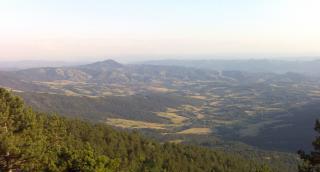
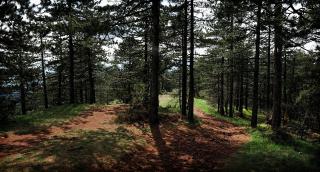
The first record of Divčibare as a village dates back to 1476 in one of the Turkish documents regarding the population of West Serbia. Nowadays the village of Divčibare has evolved into a modern and very popular tourist destination. This is mainly due to its location and ease of access from the big cities such as Belgrade. During the 1980's numerous hotels, hostels, villas and weekend houses were built, providing year-round accommodation for the tourists and visitors.
This region is rich in brooks, springs and streams, which belong to the basins of the Kolubara and Zapadna Morava rivers. The most interesting river is Manastirica with its very beautiful 20 m-high waterfall named Skakalo (Jumper) by the locals. Divčibare is famous for its beautifully soft grassy meadows. Conifers dominate Divčibare, and in the center itself there are mountain pines. Scots and black pine trees, fir trees, spruces, junipers and mountain pine trees are most commonly found in the coniferous forests. Of the deciduous trees, the most important are beech, birch, European ash, oak and Turkish oak. At the end of April the most beautiful of mountain flowers, the daffodil, blooms and wild strawberries, raspberries and blackberries can also be found.
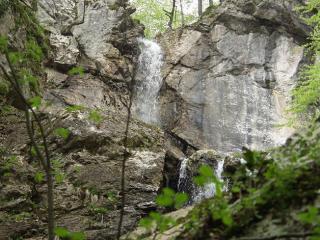
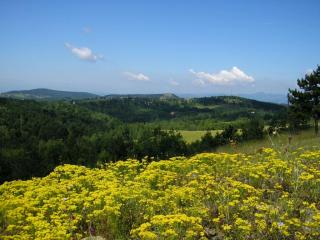
Divčibare has a gentle and pleasant climate. The mean annual temperature is 18 degrees Celsius and autumn is usually warmer than spring. September is the driest month with only 5.4 days of rainfall. Divčibare has 126 annual days with rainfall and winter sees snow for a full four months.
There is a wide variety of sports grounds: ski-lifts and slopes ideal for children and beginner skiers, two tennis courts and several basketball and handball courts. There are also walking paths, all labeled by usual red-white marks on trees. Five of them are short (approx. 1 hour) and start from the center of the town. One is long (approx. 6 hours) and goes through Divčibare peaks.
The area around Valjevo is well known for its monasteries. Among them especially important are Ćelije and Lelić Monasteries. Monastery Ćelije is situated on the bank of the River Gradac, 5 km from Valjevo. It was built in the late 14th or early 15th century. During the 18th and 19th century the monastery was burnt to ground by Turkish army more then once. Its today's appearance dates back mainly to 1811. A prominent theologist Archimandrite dr Justin Popović was the spiritual leader of the monastery from 1948 to 1979. He is buried in the churchyard. Archimandrite Justin wrote many books on theology and is one of the founders of The Serbian Philosophers Society.
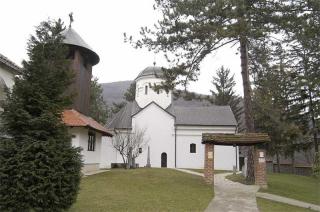
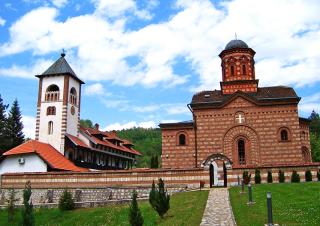
Monastery Lelić is situated 11km from Valjevo in the village Lelić. The benefactors of the monastery were Archbishop Nikolaj and his father Dragomir Velimirović. It was built as a parish church and was proclaimed a monastery in the 1997. The church was built in the Morava style, but using modern architectural advances in its construction. The frescoes in the church were painted from designs given by Archbishop Nikolaj Velimirović. Archbishop Nikolaj was a very influential theological writer and a very gifted orator. After the second world war he moved to USA where he died in 1956. In 1991 the body of Archbishop Nikolaj was brought from Libertville, USA to Lelić monastery. A museum dedicated to the memory of Archbishop Nikolaj was opened in the grounds of the monastery in 1991.
For further reading: